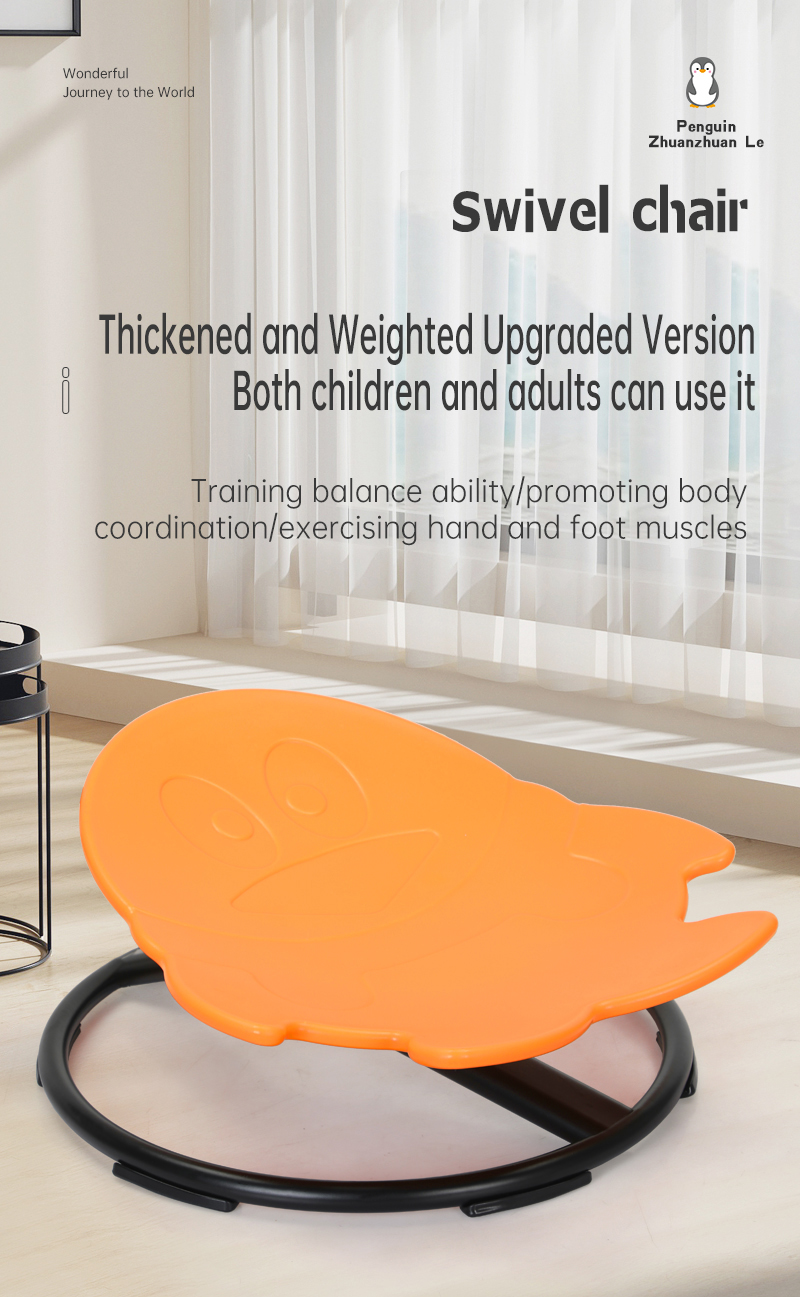Scooter Glider The Ultimate Urban Travel Solution
In recent years, urban mobility has transformed dramatically, with cities around the globe seeking to address congestion, pollution, and the ever-increasing demand for efficient transport solutions. One of the standout innovations in this realm is the scooter glider—a compact, eco-friendly mode of transportation that has garnered attention from commuters, students, and tourists alike. This article explores the benefits, challenges, and the emerging trends surrounding the scooter glider phenomenon.
The Appeal of the Scooter Glider
Scooter gliders—which can range from electric scooters to advanced gliding boards—offer a unique blend of convenience and fun. One of their primary advantages is their portability. Unlike traditional bicycles or larger electric vehicles, many scooter gliders are lightweight and can easily be folded or carried. This portability means that users can take them on public transit or store them in tight spaces, making them an ideal choice for city dwellers with limited storage options.
Furthermore, scooter gliders are incredibly efficient for short to moderate distances. The average speed of an electric scooter typically ranges from 15 to 20 mph, allowing riders to traverse urban environments quickly. For commuting to work or navigating a busy campus, the time saved can be significant. Additionally, many models feature battery-efficient designs, allowing for longer rides on a single charge, thereby minimizing the need for frequent recharging.
Environmental Benefits
As cities grapple with air pollution and climate change, scooter gliders represent a step towards more sustainable urban transport. They produce zero emissions, providing a cleaner alternative to cars. By encouraging more people to opt for scooter gliders over fossil fuel-powered vehicles, cities can reduce their carbon footprint and promote a healthier environment. Numerous studies indicate that if urban residents made the switch to electric scooters for short trips, it could lead to a substantial decrease in greenhouse gas emissions.
Moreover, many scooter glider manufacturers are increasingly focusing on sustainable practices. From using recycled materials in their products to implementing energy-efficient manufacturing processes, the industry is evolving to become more environmentally responsible. As consumers become more conscientious about their choices, they are more likely to support brands that prioritize sustainability, pushing the industry toward greener initiatives.
scooter glider

Challenges to Overcome
Despite their advantages, scooter gliders are not without their challenges. One of the most significant issues is safety. The growing number of users has raised concerns about accidents, particularly in busy urban areas where bike lanes, pedestrian paths, and scooter traffic intersect. Cities must adapt their infrastructure to ensure the safe coexistence of various transport modes. Safety regulations, improved helmet usage, and public awareness campaigns are critical to fostering a safer riding environment.
Additionally, the regulatory landscape surrounding scooter gliders remains complex. Laws regarding where scooters can be ridden, speed limits, and age restrictions vary significantly from city to city. This lack of uniformity can lead to confusion among riders and pose challenges for law enforcement. As scooter gliders become more prevalent, many cities are working to develop clearer regulations to promote safety while encouraging their use.
The Future of Scooter Gliders
The scooter glider trend shows no signs of slowing down. With advancements in technology, we can anticipate smarter, more efficient models in the near future. Innovations such as swappable battery systems, enhanced safety features (like built-in lights and better braking mechanisms), and connectivity options (such as GPS and ride-tracking apps) will likely become commonplace.
Additionally, as shared mobility continues to grow, many cities are integrating scooter-sharing programs that allow users to rent a scooter for a short period. This option not only reduces the number of scooters on the streets but also makes this mode of transport accessible to those who do not wish to invest in a personal scooter glider.
Conclusion
In summary, scooter gliders are revolutionizing urban travel by providing a compact, efficient, and sustainable option for commuting and leisure. Although challenges such as safety and regulatory issues must be addressed, the potential for scooter gliders to become a staple of urban mobility is immense. As the world continues to embrace these innovative solutions, cities can evolve into greener, more interconnected spaces, making them more livable for everyone. The future of urban travel is here, and it's gliding into a new era.
-

 Scoot&RideKids Child Kick Push Scooter 3 Wheels with LED Flashing Tilt Lean Boys Girls Scooter
Scoot&RideKids Child Kick Push Scooter 3 Wheels with LED Flashing Tilt Lean Boys Girls Scooter




- 4
$33.17 -

 Scoot&RideKids Scooter Child Kick Flashing LED Light Up 3 Wheel Push Adjustable Folding 3
Scoot&RideKids Scooter Child Kick Flashing LED Light Up 3 Wheel Push Adjustable Folding 3- 0
$25.52 -

 Scoot&RideKids Scooter Child Kick Flashing LED Light Up 3 Wheel Push Adjustable Folding 2
Scoot&RideKids Scooter Child Kick Flashing LED Light Up 3 Wheel Push Adjustable Folding 2- 0
$33.17 -

 Scoot&RideKids Scooter Teens Foldable Kick Push Scooter Adjustable Height Safe 2 Wheels
Scoot&RideKids Scooter Teens Foldable Kick Push Scooter Adjustable Height Safe 2 Wheels




- 4
$49.99
Meet our partners and discover what powers their creativity!
When you register for a Lohas scooter, you will receive a 10% discount on your first order and can be notified of sales, new product launches and other offers in advance.









